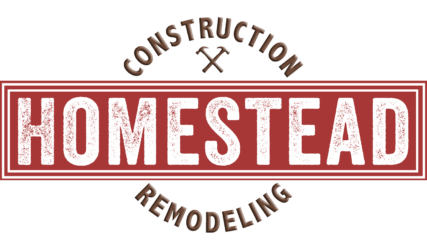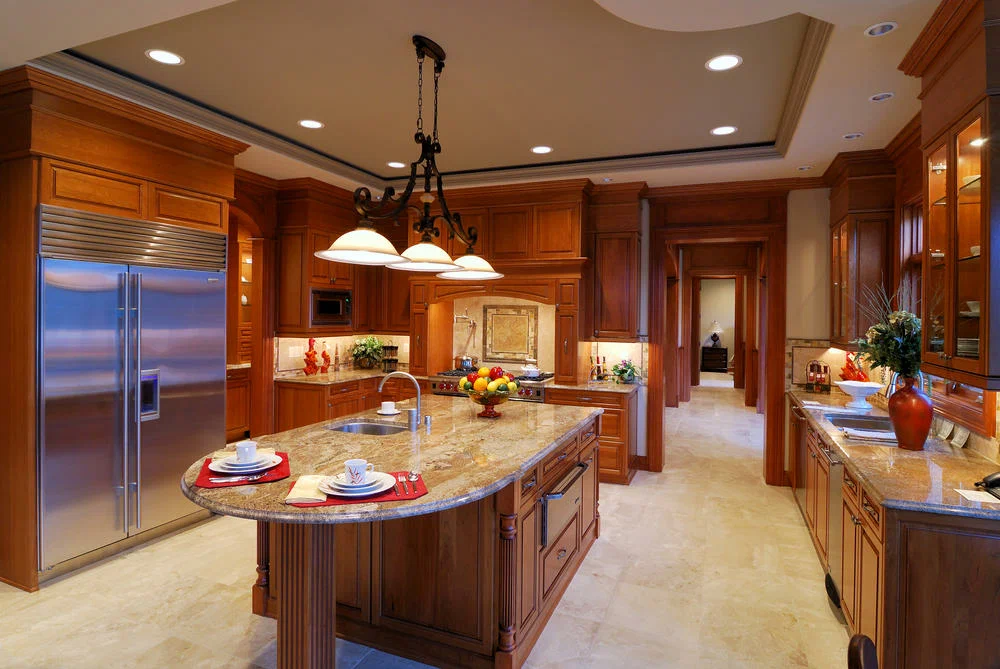Kitchen remodeling is an exciting and transformative project, but it can also be a daunting task for homeowners. A well-executed kitchen remodel can enhance the functionality, beauty, and value of your home, while a poorly planned remodel can lead to costly mistakes and frustration. Whether you’re renovating a small space or undergoing a complete kitchen overhaul, avoiding common pitfalls is essential for a smooth and successful project.
In this article, we will discuss the most common mistakes people make during kitchen remodeling and how to avoid them. By understanding these mistakes and planning ahead, you can ensure your kitchen remodel is as efficient and enjoyable as possible.
1. Failing to Plan Ahead in Kitchen Remodeling
Why Planning Is Crucial
One of the biggest mistakes in kitchen remodeling is failing to plan adequately. Without a clear plan, your project can become disorganized, leading to delays, budget overruns, and design compromises. Proper planning allows you to outline your vision, establish a realistic budget, and set a timeline for completion.
How to Avoid It
Start your kitchen remodeling project with thorough planning. Begin by determining your priorities: Are you focusing on improving functionality, aesthetics, or both? Decide on the layout, materials, and design style you want for your new kitchen. Having a plan in place helps you stay on track and ensures that your remodel will meet your expectations.
2. Ignoring Kitchen Workflow and Layout
The Importance of Kitchen Layout
The kitchen layout is one of the most important aspects of remodeling. Focusing too much on aesthetics and neglecting the functional flow of the space is a common mistake. Poor layout decisions can lead to inefficient use of space, awkward traffic flow, and a less functional kitchen.
How to Avoid It
To create an effective kitchen layout, keep the kitchen work triangle in mind—the relationship between the stove, sink, and refrigerator. This design principle ensures that the most commonly used areas are conveniently located and easy to access. If you’re uncertain about the best layout for your space, consider working with a designer to optimize the workflow while balancing your aesthetic preferences.
3. Underestimating the Kitchen Remodel Budget
Budgeting Mistakes in Kitchen Remodeling
A common mistake in kitchen remodeling is underestimating the total cost of the project. Kitchen renovations often run over budget due to unforeseen expenses, such as plumbing or electrical work. Without proper budgeting, you may find yourself cutting corners or sacrificing quality to stay within your limits.
How to Avoid It
Establish a realistic budget at the beginning of your remodel. Factor in all possible costs, including materials, labor, permits, and any unexpected repairs that may arise. It’s also wise to set aside a contingency fund (typically 10-20%) to cover surprises during the renovation process. This will help you avoid financial strain and keep your project on track.
4. Prioritizing Style Over Function
The Balance Between Aesthetics and Functionality
While it’s essential for your kitchen to look beautiful, it’s equally important that it is functional and practical. Many homeowners make the mistake of prioritizing style over function, choosing trendy materials or designs that don’t suit their lifestyle or daily needs.
How to Avoid It
When designing your kitchen, balance both aesthetics and functionality. Consider your cooking habits, family size, and how you use the space. For example, while open shelving might look great, it may not be practical for a busy kitchen that requires constant cleaning. Similarly, a high-end countertop material may look stunning, but if it’s not durable, it might not be the best choice for your family’s needs.
5. Choosing Low-Quality Materials for Cost Savings
The Pitfalls of Cutting Corners with Materials
In an effort to save money, some homeowners opt for cheaper materials, which can negatively affect the overall quality and longevity of their kitchen. While budget-friendly materials can work, cutting corners too much can result in a remodel that doesn’t stand the test of time.
How to Avoid It
Invest in quality materials that will endure heavy use over time. For example, while laminate countertops may be cheaper, they are more susceptible to wear and tear than stone surfaces like granite or quartz. Prioritize quality where it counts, such as in countertops, cabinetry, and flooring, to ensure your remodel is both beautiful and long-lasting.
6. Overcrowding the Kitchen with Cabinets and Appliances
Finding the Right Balance in Kitchen Storage
Many people make the mistake of overcrowding their kitchen with too many cabinets or appliances in an effort to maximize storage or functionality. However, overloading the space can make it feel cramped and less inviting. It’s important to ensure your kitchen still feels spacious and comfortable, even while adding new features.
How to Avoid It
When designing your kitchen, focus on storage solutions that don’t overwhelm the space. Consider pull-out drawers, lazy Susans, or vertical storage options to make the most of your cabinets. Also, be mindful of the size of your appliances—choose models that fit your kitchen’s size and layout while still meeting your needs.
7. Skipping Professional Help When Needed
The Role of Professionals in Kitchen Remodeling
Another common mistake in kitchen remodeling is attempting to tackle too much of the work without professional help. While DIY can be rewarding, kitchen remodeling involves complex tasks like electrical wiring, plumbing, and cabinetry installation, which require specialized skills and knowledge.
How to Avoid It
Hire professionals when necessary, such as electricians, plumbers, and experienced contractors. A professional will ensure that all work is done according to code and meets safety standards. While it may cost more upfront, it can save you from costly mistakes and delays in the long run.
8. Neglecting Proper Lighting Design
The Role of Lighting in Kitchen Functionality
Lighting is often overlooked during kitchen remodeling, but it plays a crucial role in both the functionality and atmosphere of the space. Inadequate lighting can make your kitchen feel dark and unwelcoming, while improper task lighting can make food prep and cooking more challenging.
How to Avoid It
Incorporate a variety of lighting options in your kitchen remodel, including task lighting (e.g., under-cabinet lights), ambient lighting (e.g., ceiling fixtures), and accent lighting (e.g., pendant lights). Proper lighting not only enhances visibility but also creates a warm, inviting atmosphere.
9. Failing to Consider Future Resale Value
How Kitchen Remodeling Affects Resale Value
While a kitchen remodel is a personal investment, it’s essential to consider how it will impact the resale value of your home. Some design choices, such as unusual color schemes or overly personalized elements, may not appeal to future buyers.
How to Avoid It
When planning your kitchen remodel, try to strike a balance between personal style and broader appeal. Neutral colors and classic materials tend to be more universally appreciated. While you should still design the space to suit your lifestyle, keep in mind that your remodel can influence your home’s value when it comes time to sell.
10. Rushing the Process
The Dangers of Rushing a Kitchen Remodel
Kitchen remodeling is a detailed process that requires careful planning, sourcing, and installation. Rushing through any stage of the project can lead to mistakes, poor-quality workmanship, and unexpected costs.
How to Avoid It
Take your time during the remodel. Allow for thorough research, design refinement, and careful selection of materials. Set realistic timelines, but don’t feel pressured to finish quickly. A well-paced remodel will lead to a more successful and satisfying outcome.
Conclusion
Kitchen remodeling is an exciting opportunity to transform your home, but it requires careful planning, attention to detail, and a well-executed strategy. By avoiding common mistakes like poor planning, budget mismanagement, and neglecting functionality, you can ensure that your kitchen remodel is a success. Keep the needs of your space and family in mind, and don’t be afraid to ask for professional help when necessary. With the right approach, you can create a kitchen that not only meets your needs but also adds value to your home.
FAQs
How Long Does a Kitchen Remodel Typically Take?
A kitchen remodel typically takes between 6 to 12 weeks, depending on the complexity of the project. Smaller updates may take less time, while larger overhauls can take longer.
How Can I Stick to My Kitchen Remodeling Budget?
To stay within budget, create a detailed plan, get multiple quotes from contractors, and set aside a contingency fund. Regularly track your expenses throughout the project to ensure you’re staying on target.
Should I Hire a Designer for My Kitchen Remodel?
Hiring a designer can be beneficial, especially if you have complex design needs or want help optimizing the layout. A designer can help you create a functional, stylish kitchen that meets your needs while staying within budget.

